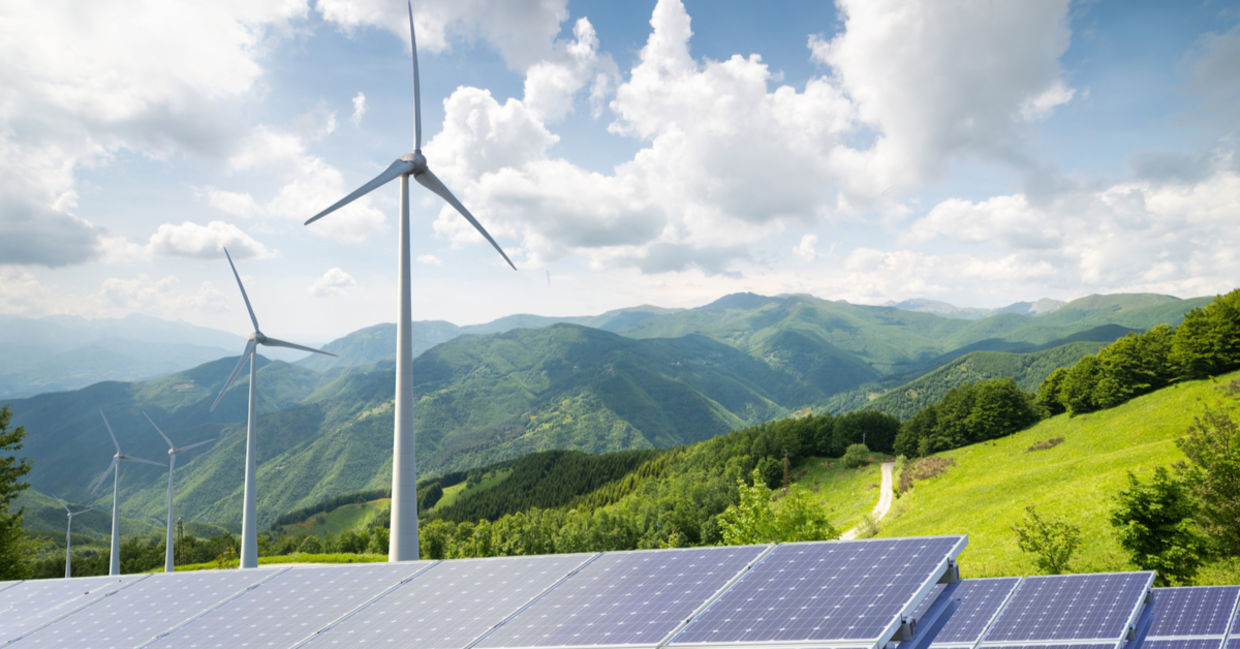Energizing Tomorrow: The Role of Bio-fuels in a Green System

As the world confronts urgent challenges of environmental degradation and dwindling fossil fuel resources, moving to a green economy powered by alternative energy has never been so important. Amongst different types of renewable energy, biomass energy stands out as an adaptable and sustainable solution that can significantly contribute to a cleaner future. Utilizing organic materials, bioenergy provides not just a reliable source of power but also shows the ability for innovation in energy creation and consumption.
In recent years, advancements in bioenergy technologies have catapulted this sector into the spotlight, showcasing its role alongside other dynamic renewable sources like solar, wind, and hydropower. As we explore the landscape of renewable energy, it becomes apparent that bioenergy is not merely a complementary source but an essential component in developing a sustainable energy future. In this article, we will explore the varied world of bioenergy, exploring how it fits with emerging technologies and complements other renewable sources in the journey for environmental sustainability. spintax ## Advanced Green Technologies
The landscape of alternative energy is swiftly evolving, with pioneering technologies leading the charge towards a eco-friendly future. https://solarpaneloxfordshire.co.uk/ , in specific, is experiencing a revolution with improvements in photovoltaic materials and efficiency improvements. New materials are now being developed that enhance the energy conversion rates of solar panels, making them better in absorbing sunlight. This change not only increases energy production but also makes solar installations more feasible in a wide range of environments, paving the way for a greater adoption.
Wind energy is also witnessing notable innovations that promote a more sustainable future. Offshore wind farms are becoming more prominent, leveraging cutting-edge turbine designs that can harness stronger and more steady wind currents. Floating wind turbines are emerging as a solution to deeper waters where traditional fixed turbines are not possible. These innovations not only assist increase energy capacity but also reduce the visual and environmental impacts associated with traditional wind farms.
An additional field of growth is biomass energy and organic technologies, which are becoming crucial in the renewable energy mix. Recent advancements have boosted the efficiency of converting natural materials into energy, providing a renewable alternative to fossil fuels. With breakthroughs in biofuel production and biogas technologies, sectors are increasingly turning to harvesting waste materials to generate energy, thus completing the cycle on resource usage and minimizing environmental impact while supporting the green economy.
The Outlook of Power Retention
With the need for sustainable energy grows, so does efficient power retention methods. Power storage technologies are vital for maintaining supply and demand, particularly given the intermittent nature of sources like solar and wind energy. Advancements in accumulator systems are at the forefront of this transformation. Innovations such as solid state accumulators promise greater energy densities and quicker recharging times, eventually paving the way for increased reliability power retention methods that can support a green system.
A further encouraging area in power retention is hydraulic hydro retention, which has been a key element of large-scale retention systems for many years. New methods aim to enhance the efficiency and dependability of this technology, allowing it to retain excess power produced during high sunlight or breeze generation periods. Additionally, improvements in pressurized air power storage technologies offer options for retaining power for extended durations, ensuring that sustainable energy can be available even when production is insufficient.
The integration of intelligent grids is also taking a crucial role in the prospect of power retention. These grids can intelligently control energy allocation and retention based on real-time data and usage patterns, facilitating optimal dispatch and minimizing power loss. As more households and businesses embrace sustainable energy storage options, the interplay between smart grids and power retention will improve overall system effectiveness and reliability, propelling the transition toward a green power future.
Sustainable Development and Legislative Issues
The transition to a green economy is fraught with sustainability and legislative obstacles that need to be addressed to enhance the benefits of renewable energy. Decision-makers face the intricate task of establishing structures that support technological innovation while ensuring environmental protection and social equity. This necessitates balancing financial motivations with regulations that mitigate negative consequences associated with renewable energy projects, such as disputes over land use and biodiversity impacts.
Moreover, financial support and investment in clean technologies hinge heavily on state regulations, which can be variable and influenced by changing political landscapes. Effective regulatory structures are essential for stimulating funding in new technologies and ensuring the longevity of programs in biomass energy and other renewable domains. Decision-makers must also address the social implications of transitioning away from fossil fuels, particularly in regions heavily reliant on conventional energy sectors.

Lastly, the incorporation of renewable energy into existing grids offers its own unique challenges. The importance of intelligent grids and storage systems must be supported by regulations that encourage innovation and collaboration among stakeholders. As utilities modernize their systems, they must also adapt to the growing proportion of sustainable sources, which can create variability in supply and demand. Addressing these technological and regulatory hurdles is crucial for realizing a sustainable and resilient energy future.
